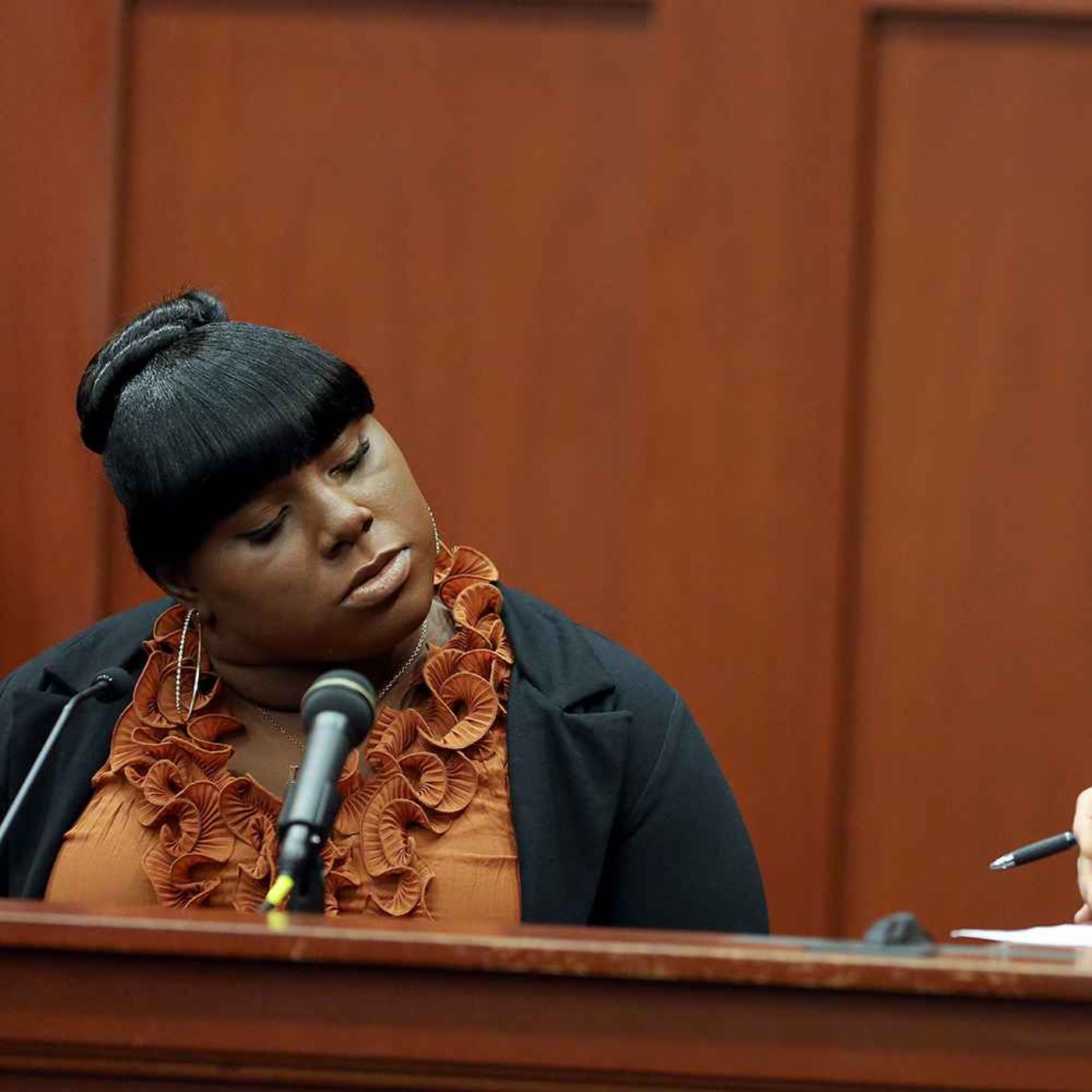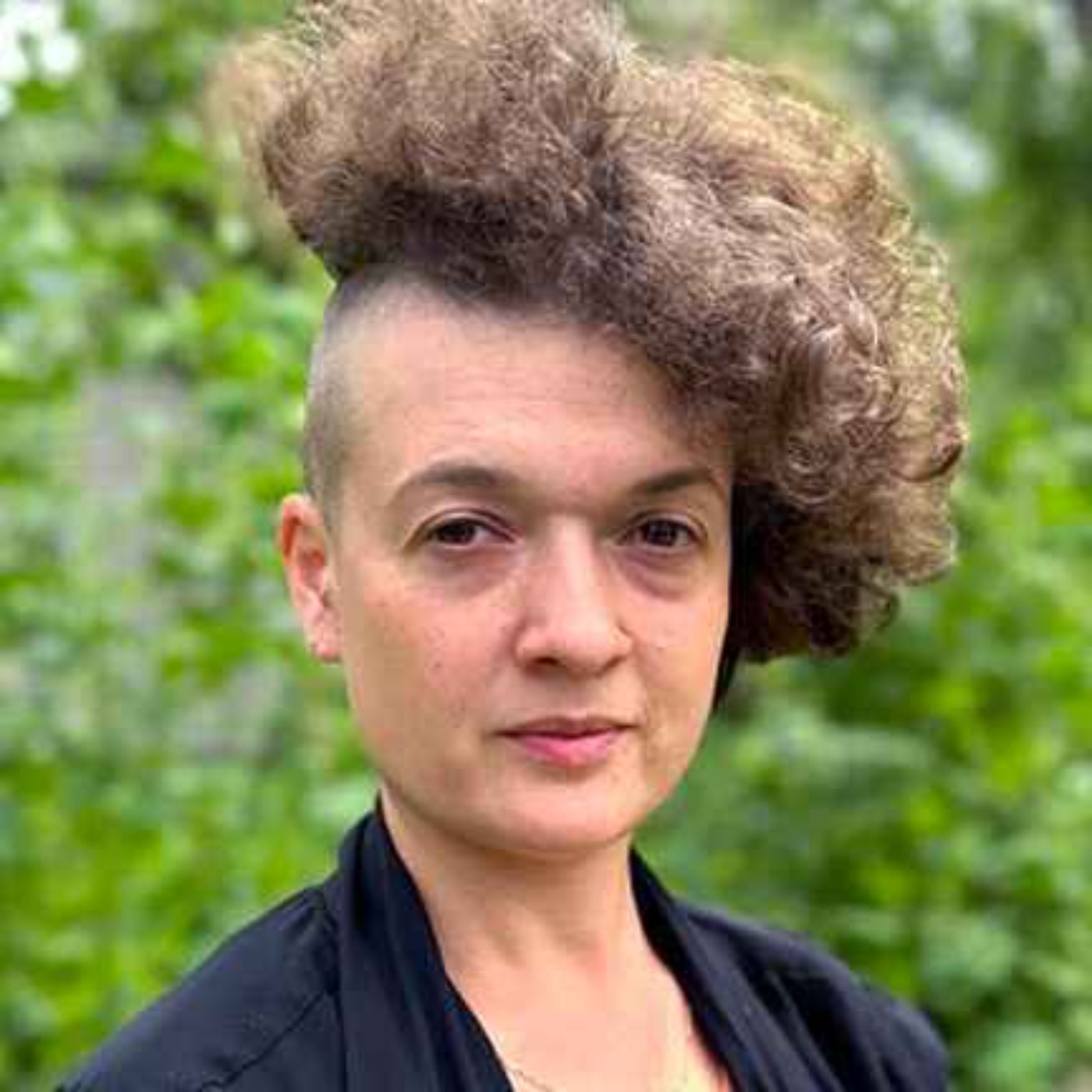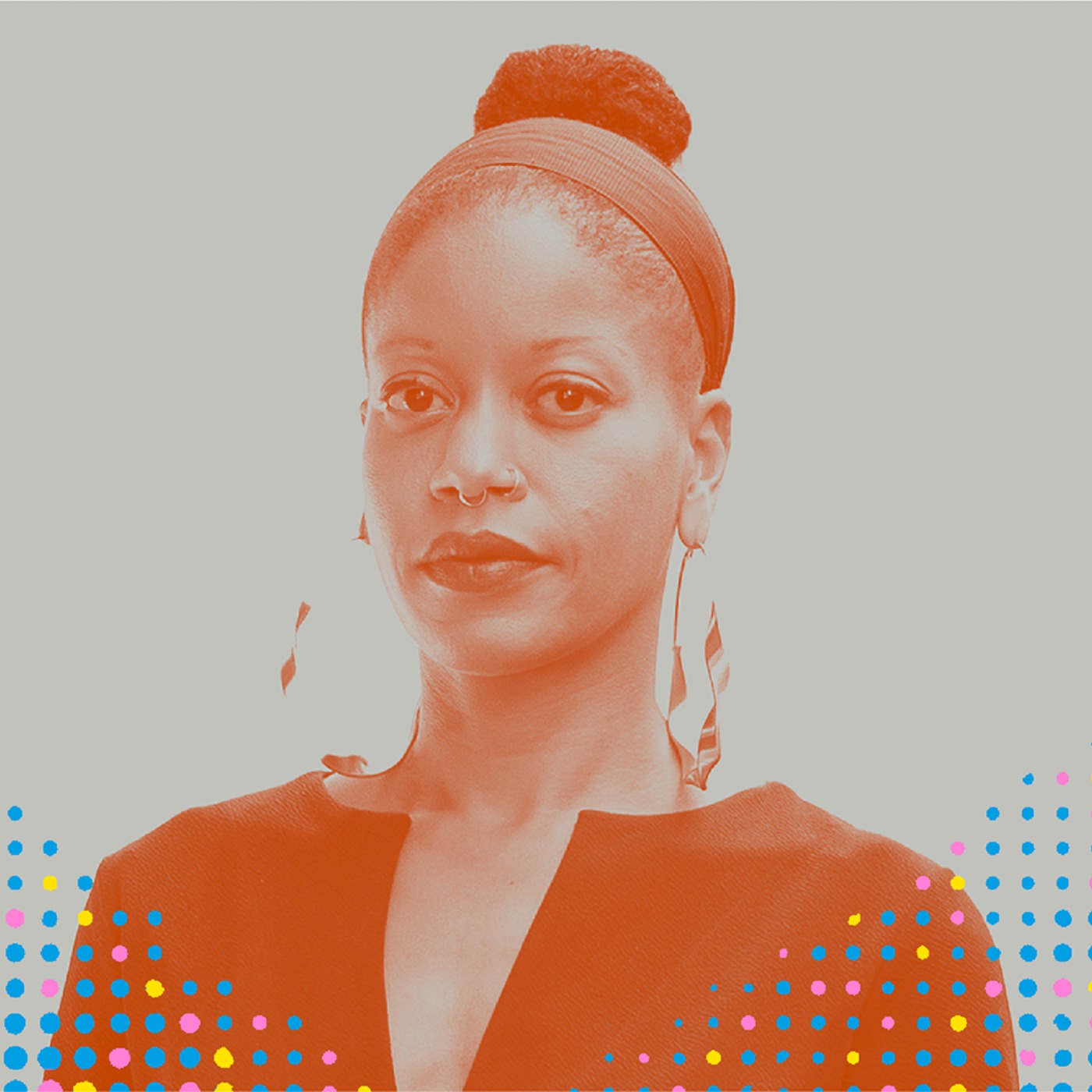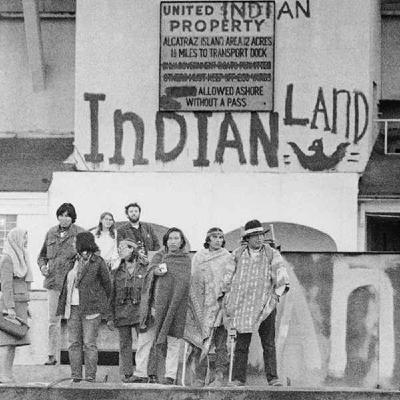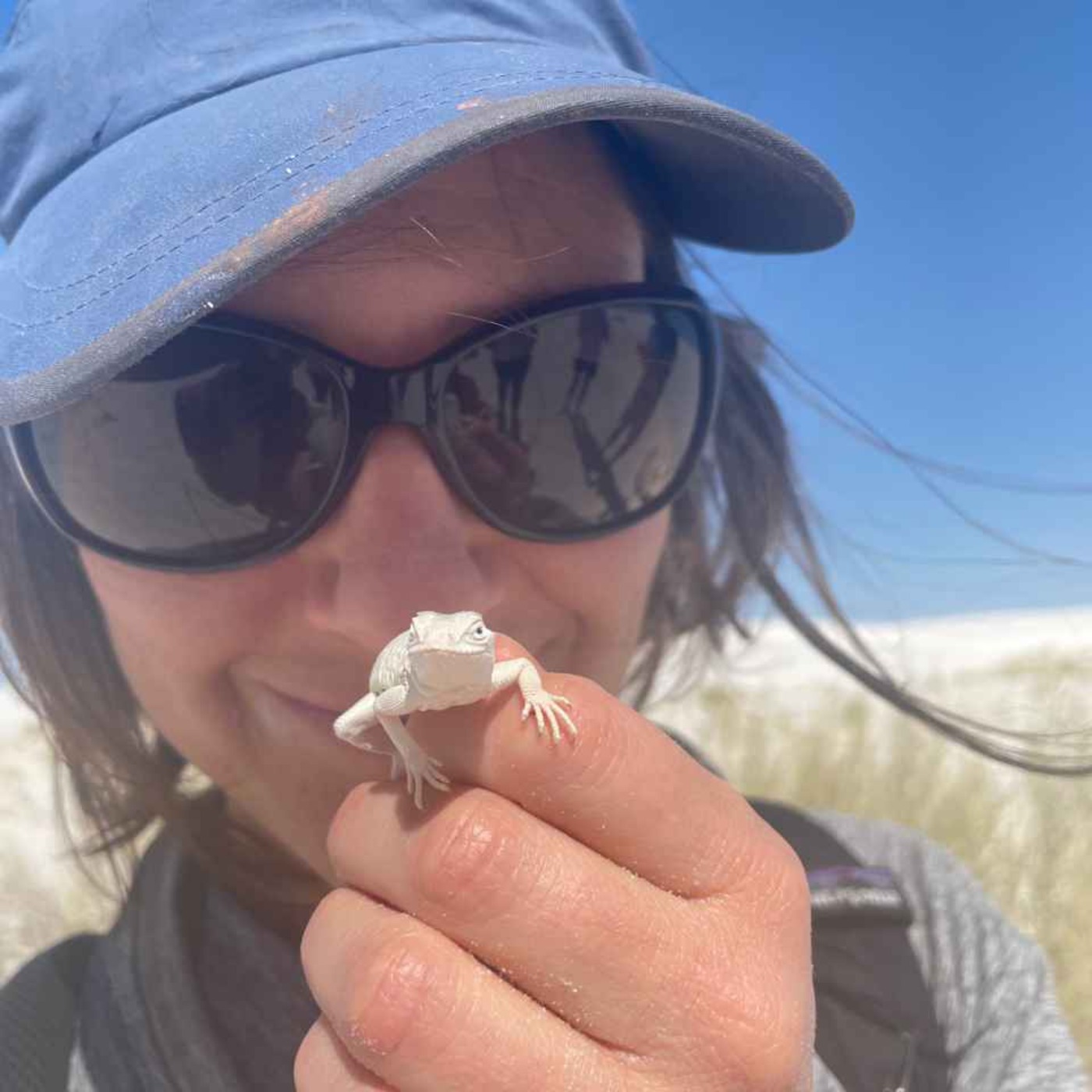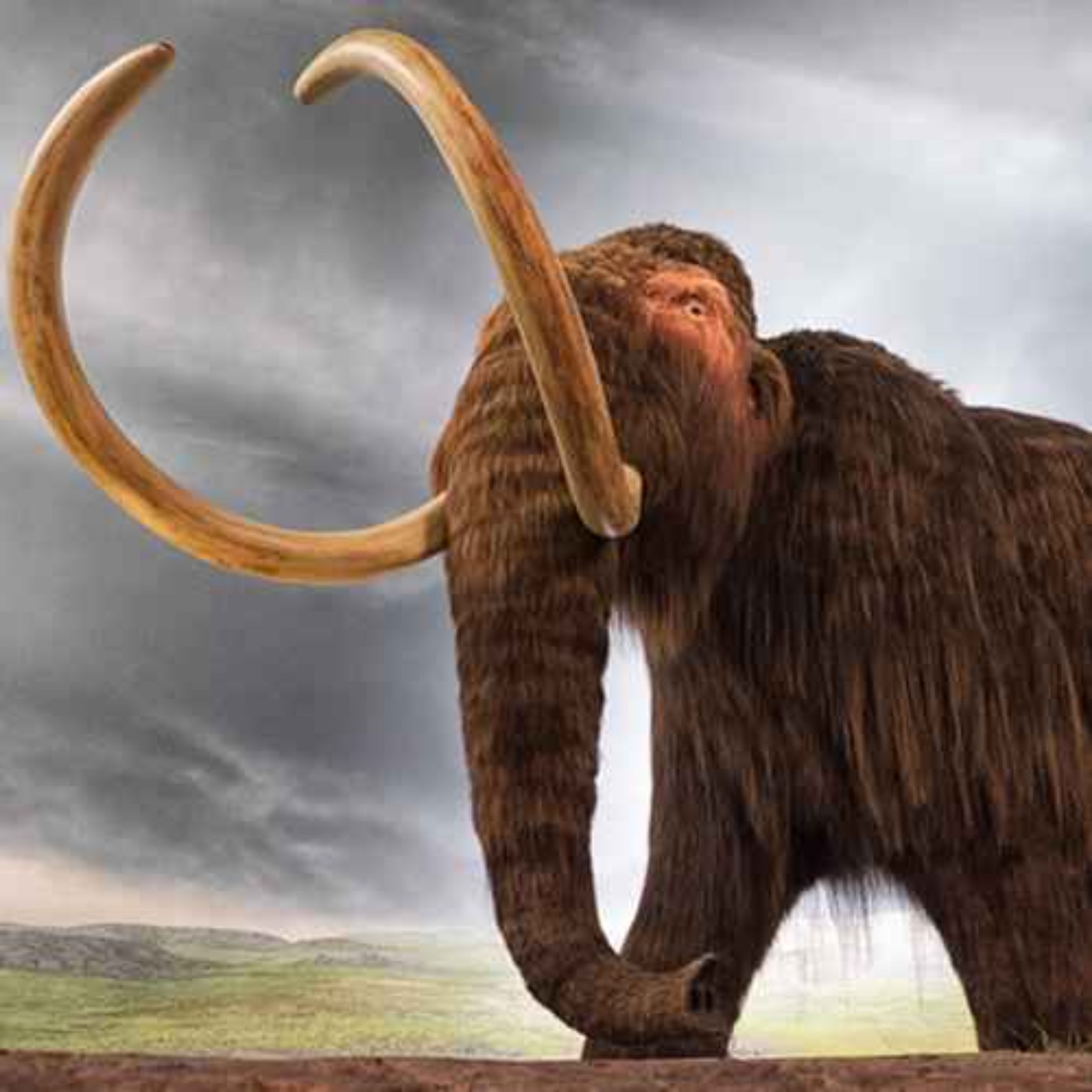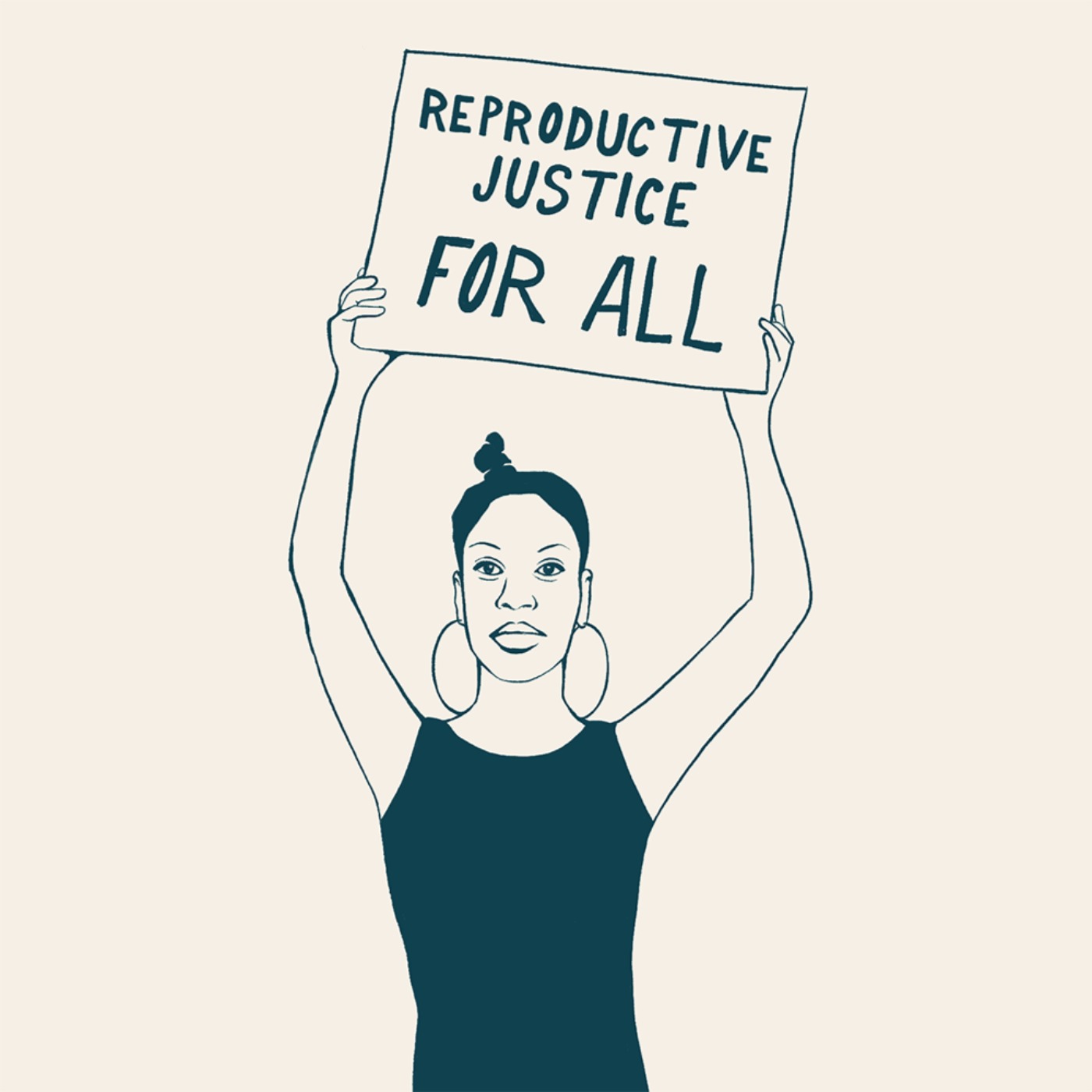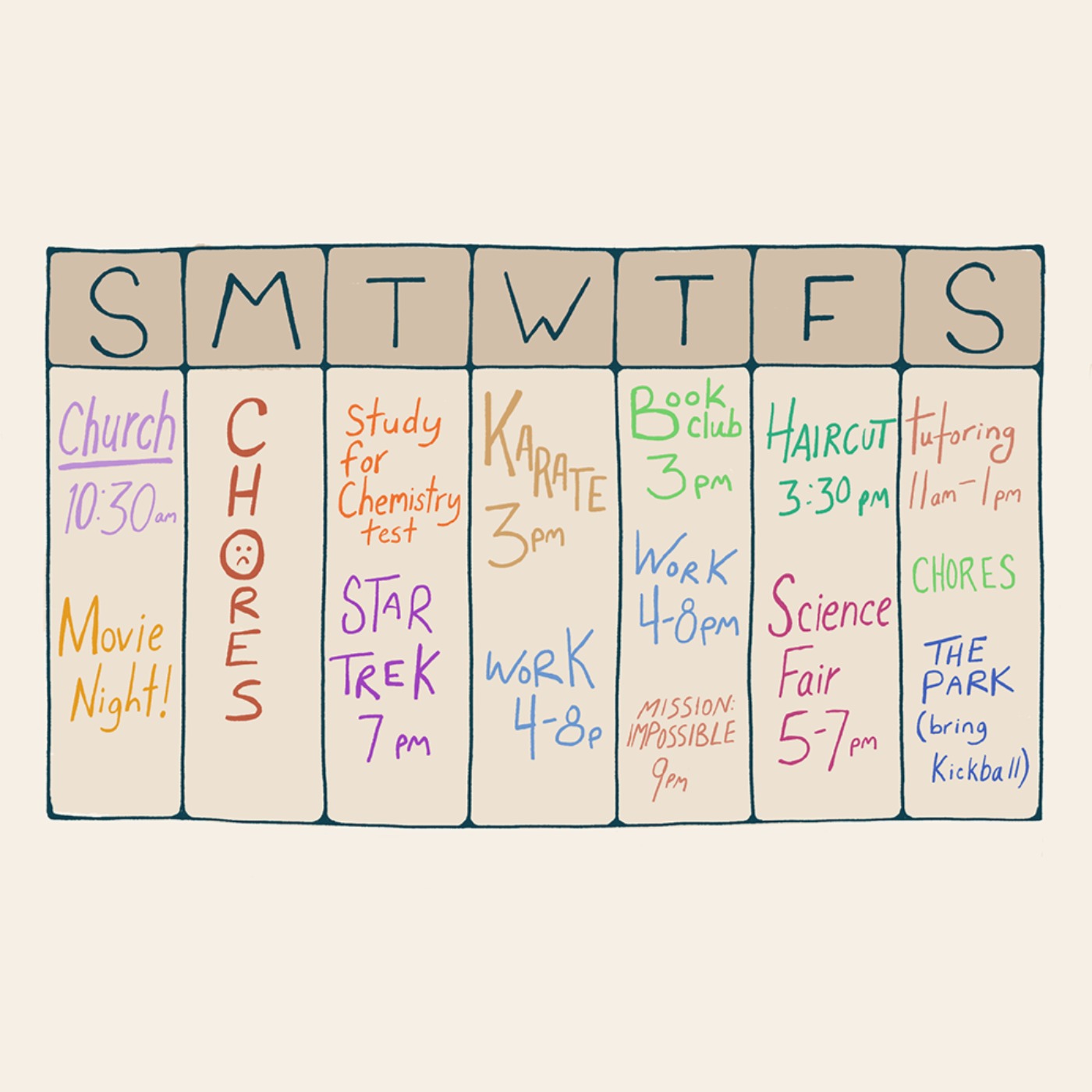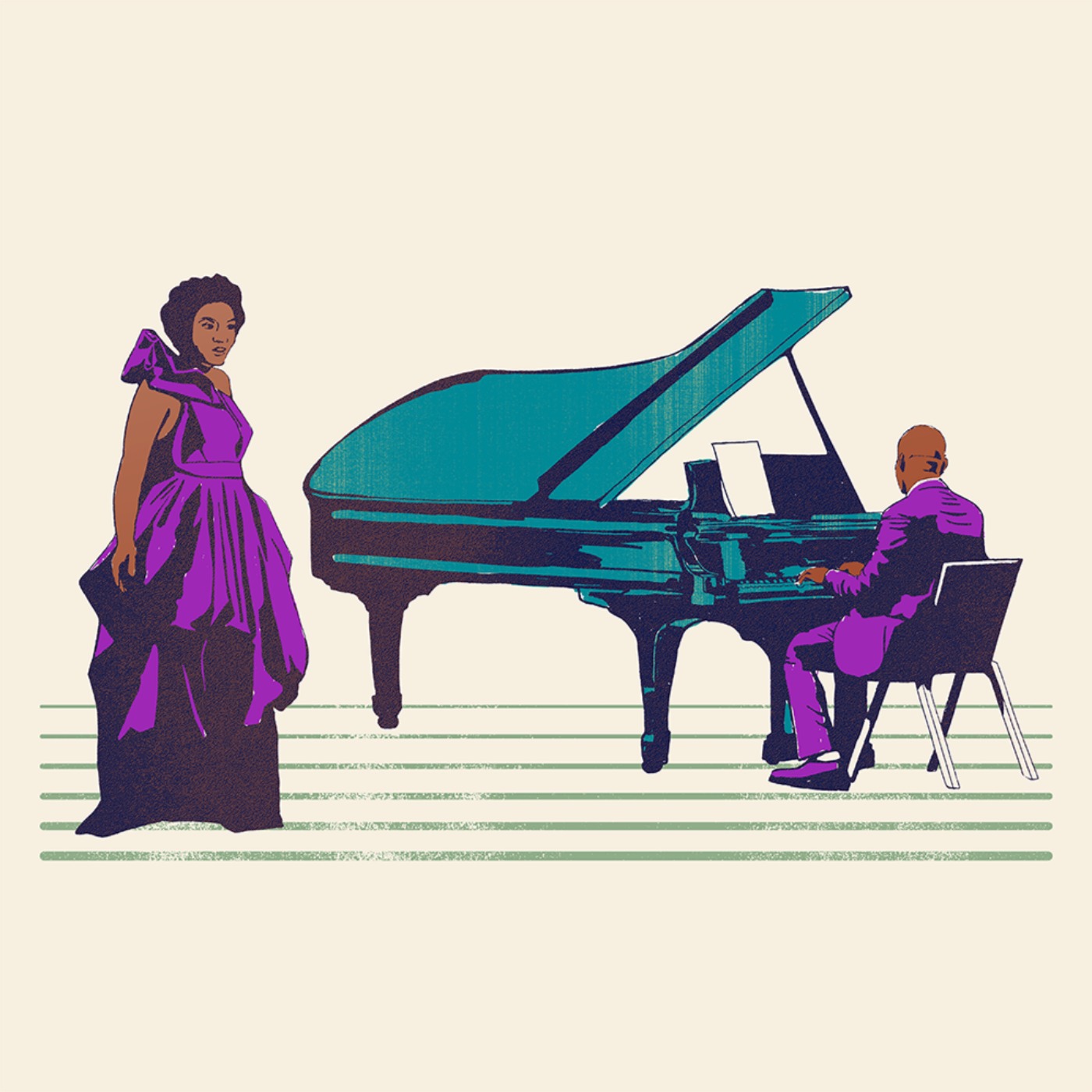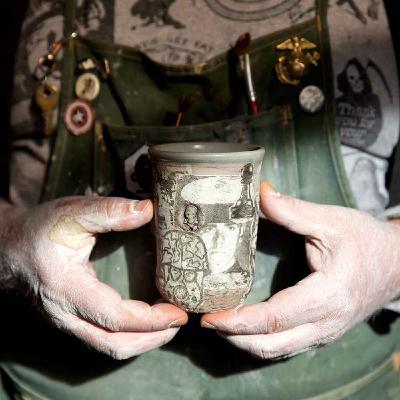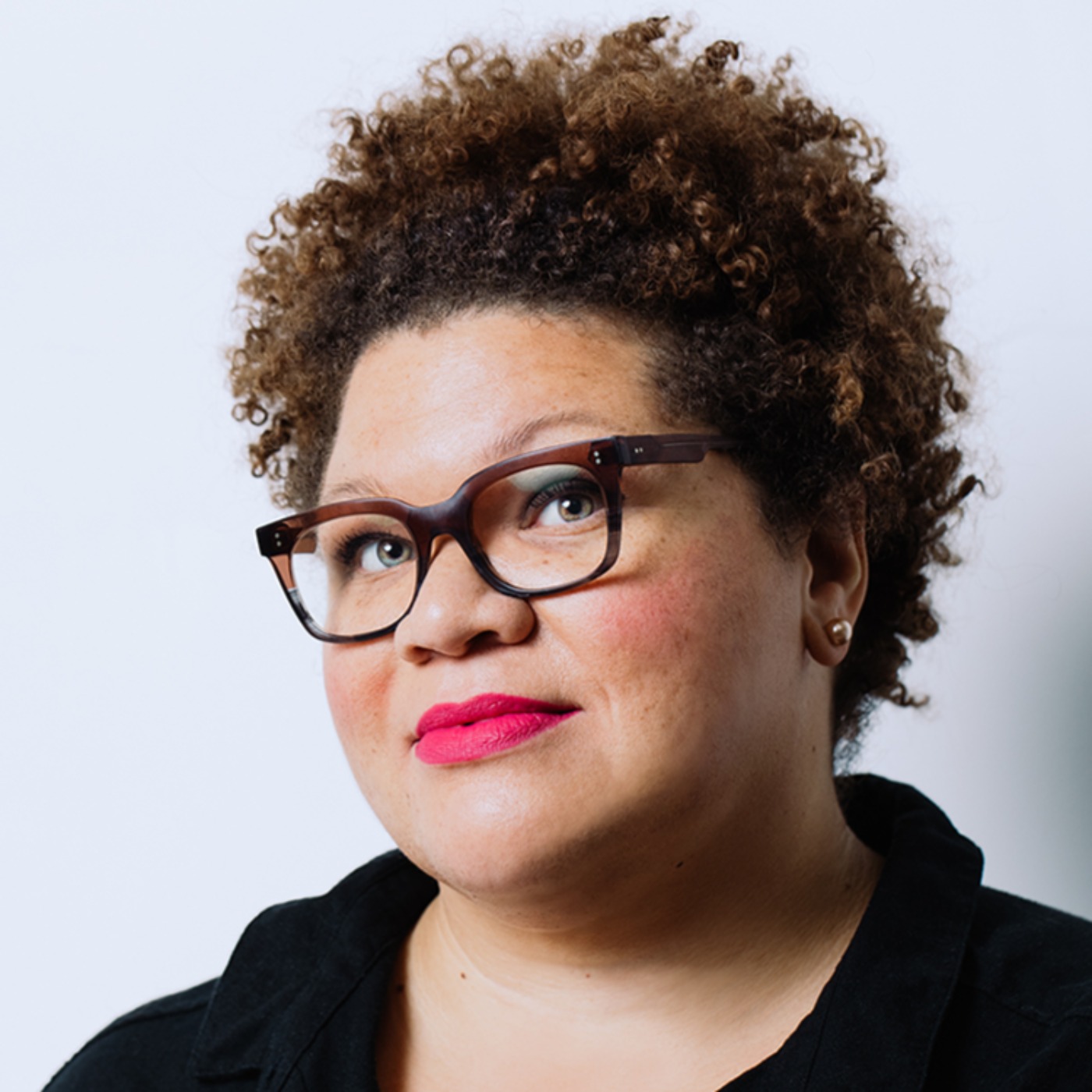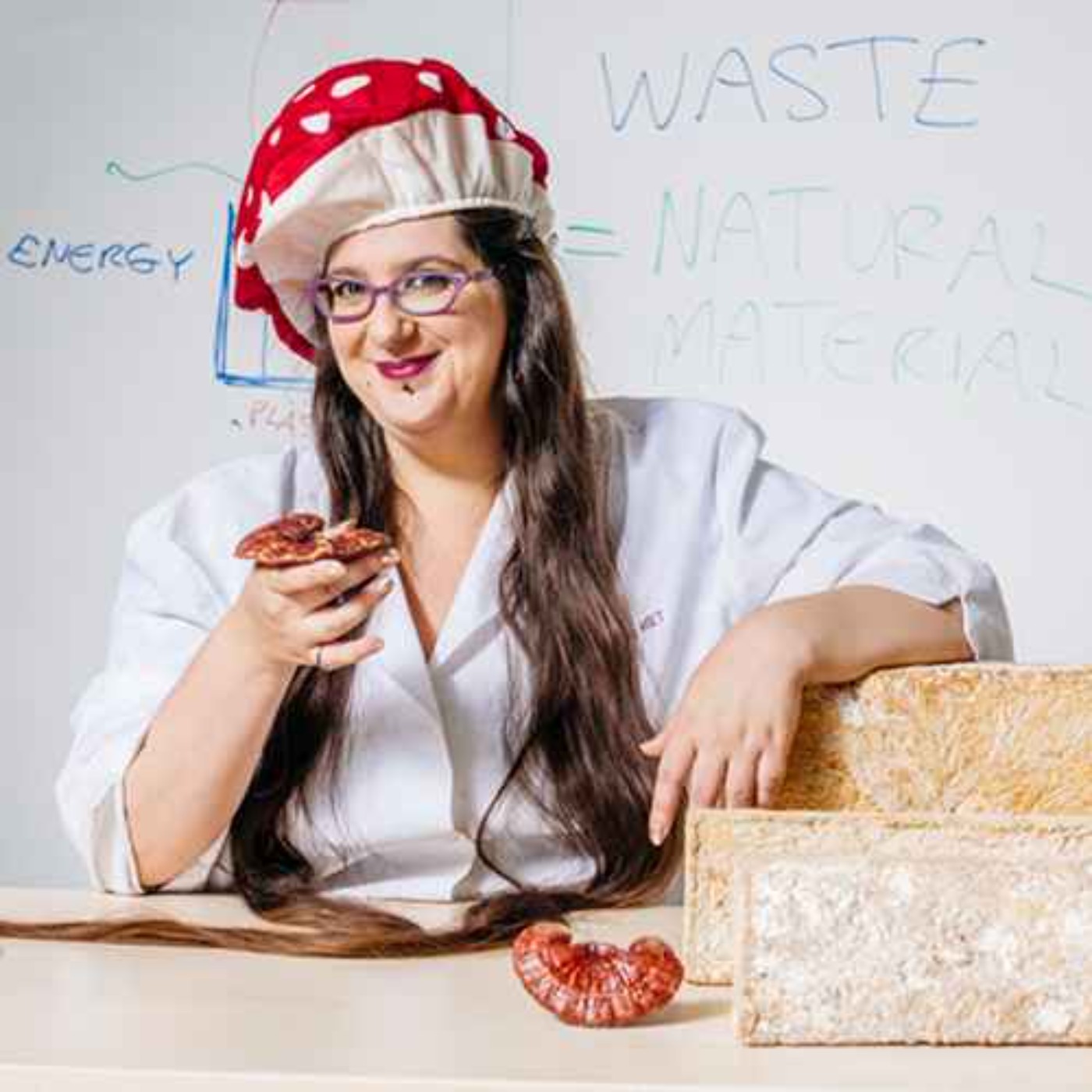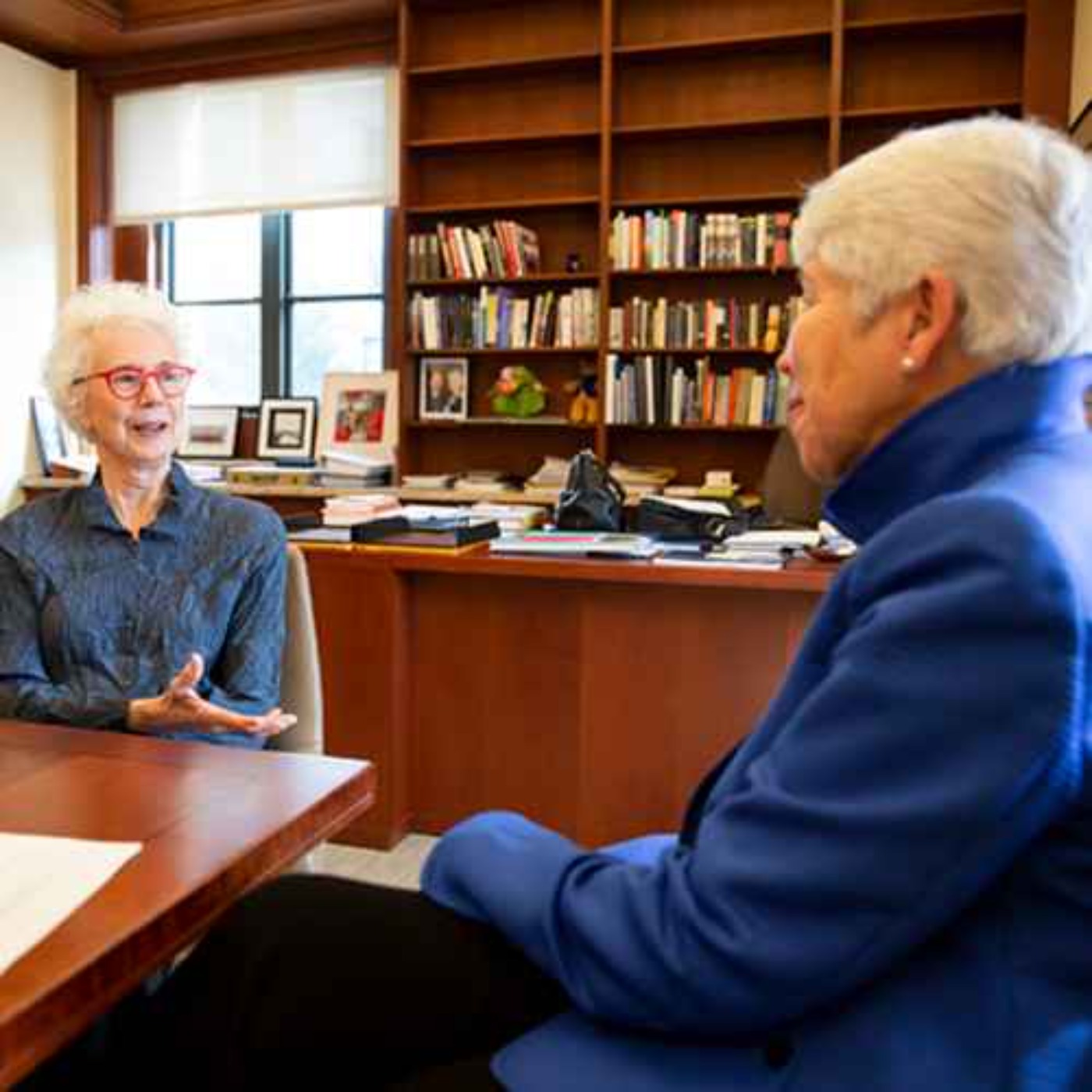
Berkeley Voices
Author: UC Berkeley
Subscribed: 37Played: 1,120Description
Berkeley Voices explores the work and lives of fascinating UC Berkeley faculty, students, staff, and visiting scholars and artists. It aims to educate listeners about Berkeley’s advances in teaching and research, spark curiosity about the deeper layers of American history and to build community across our diverse campus. It's produced and hosted by Anne Brice in the Office of Communications and Public Affairs.
For the 2024-25 academic year on Berkeley Voices, we’re exploring the theme of transformation. In eight episodes, we’re exploring how transformation — of ideas, of research, of perspective — shows up in the work that happens every day at UC Berkeley. New episodes come out on the last Monday of each month, from October through May.
Hosted on Acast. See acast.com/privacy for more information.
 United States
United States







